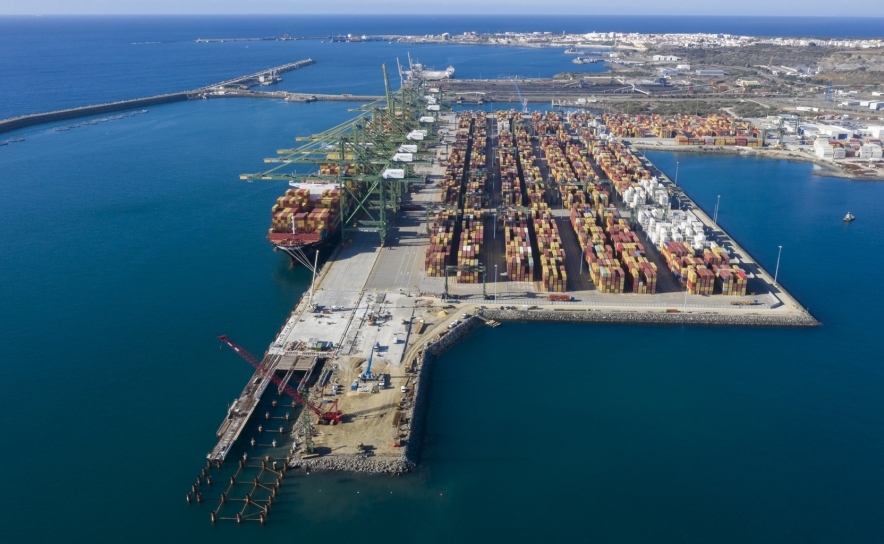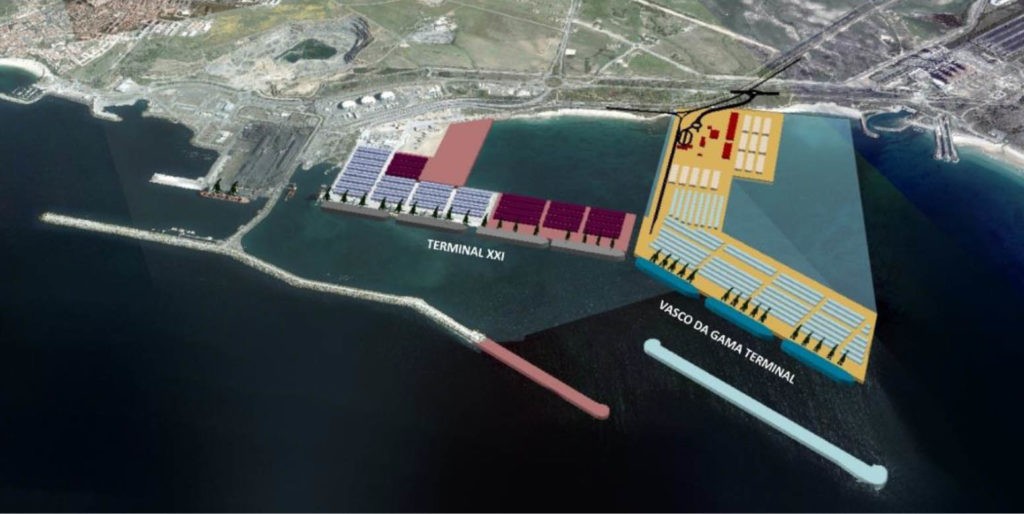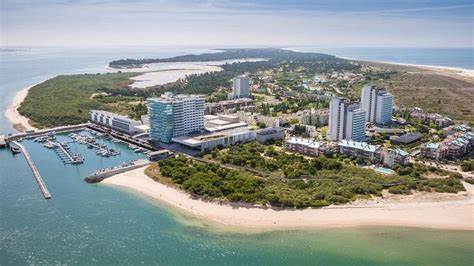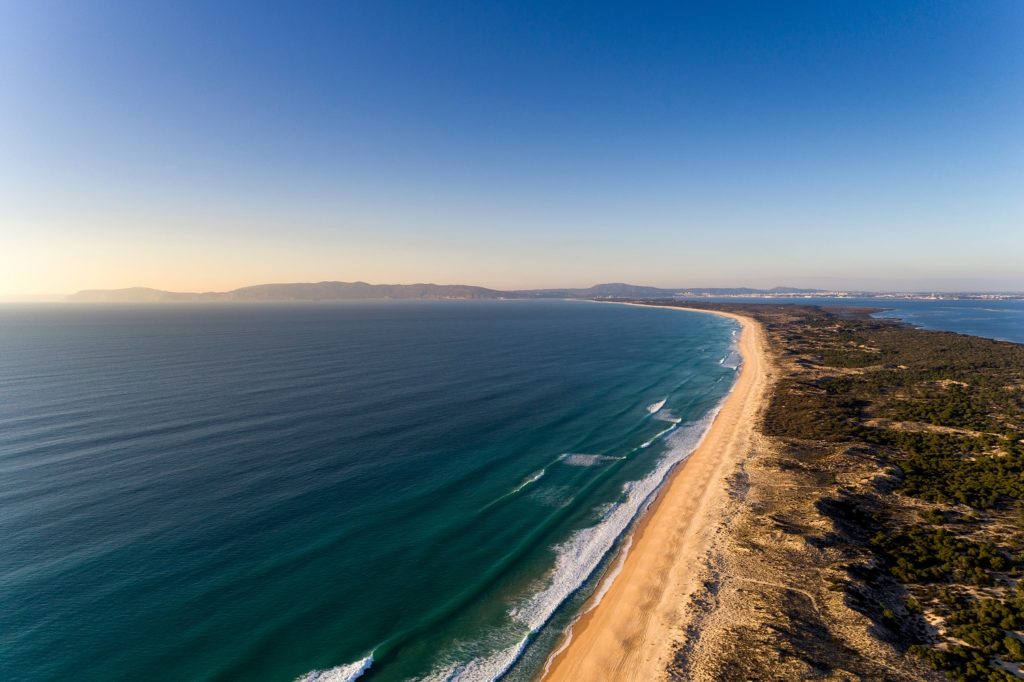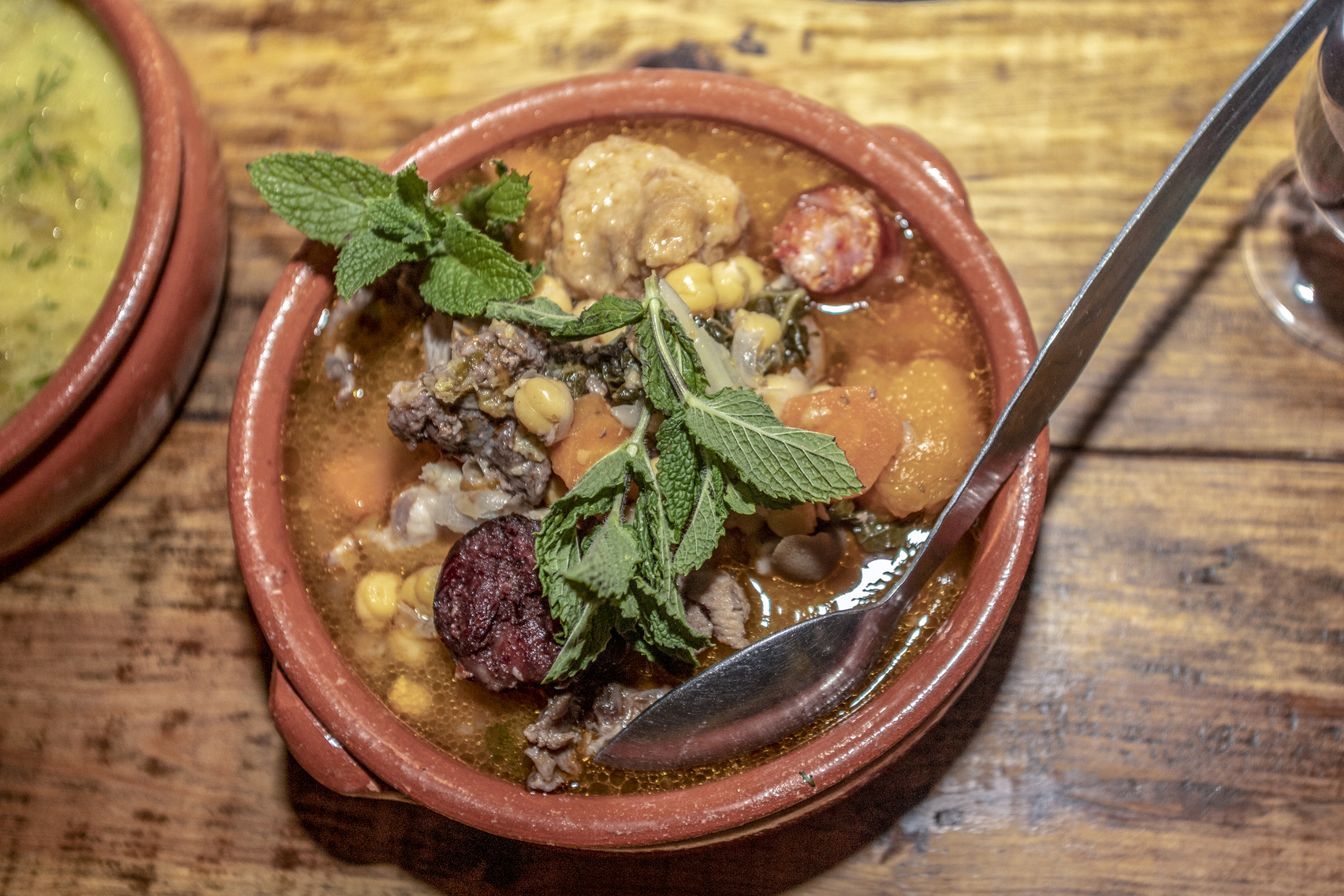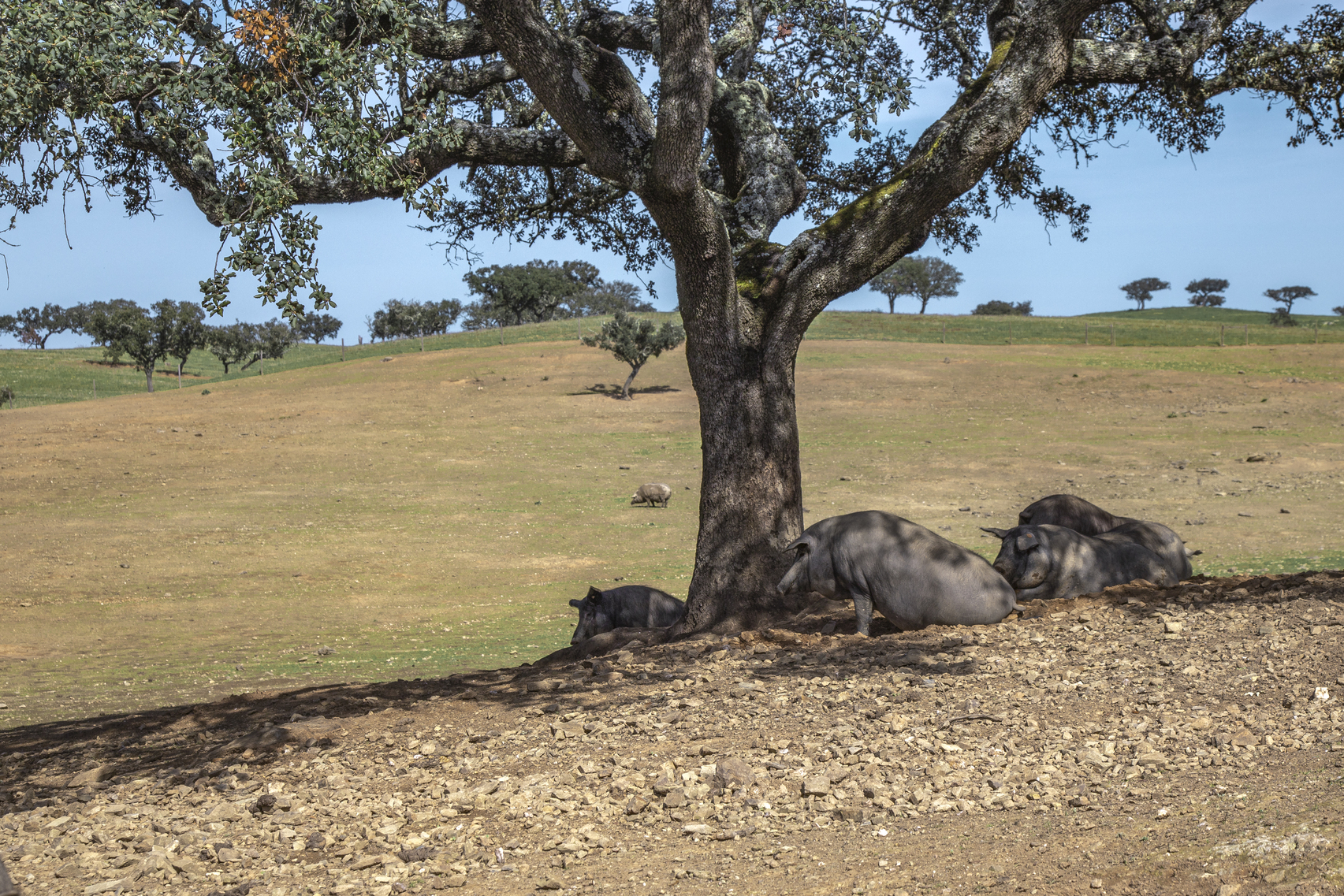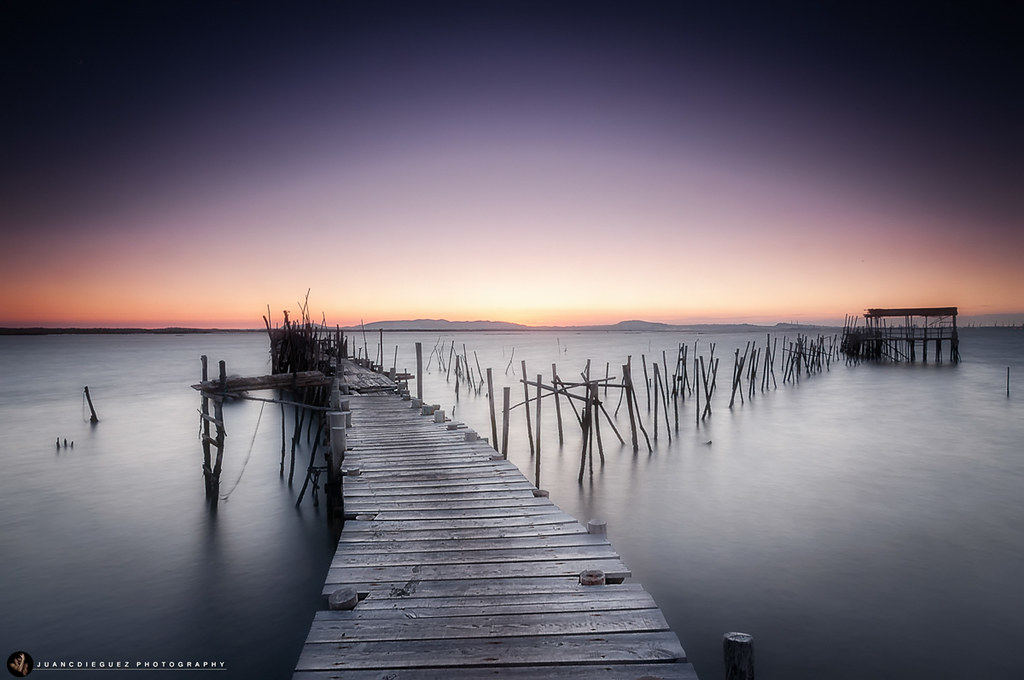Why Alentejo Litoral
The Alentejo Litoral stretches from the mouth of the River Sado to Zambujeira do Mar, and will surprise you for being such a well preserved coastal area, with small havens of sun and beach, hospitable people and good cuisine.
From Troia to Sines
You can reach Troia via Alcácer do Sal or by ferry from Setúbal, crossing the River Sado estuary. On arrival, the Troia peninsula offers much to be explored. You can play golf, have surfing lessons, walk along the beach or watch the dolphins. You can also wander about to discover the region’s cultural heritage, such as the Carrasqueira village on stilts and the Troia Roman Ruins which actually reveal how the area was already rich in natural resources two thousand years ago.
Sines is one of the most important cities on the Alentejo coast and is an industrial port and a cape as well, making it a natural stopping point for visitors to the region. A traditional fishing port, it was here that Vasco da Gama, the great navigator, was born. Who knows, his travels may have inspired the Festival Músicas do Mundo, the world music festival that is held here annually in early summer.
But the Alentejo coastline is not only beaches. To the south of Sines, you enter the Parque Natural do Sudoeste Alentejano e Costa Vicentina (Southwestern Alentejo and Vicentina Coast Natural Park), abounding in hiking and mountain bike trails to choose from. The various marked trails along the 450km which make up the Vicentina Route, between Santiago do Cacém and São Vicente Cape, are a good way to get to know the region, come into contact with the everyday life of its residents and have other experiences of the local customs and traditions.

